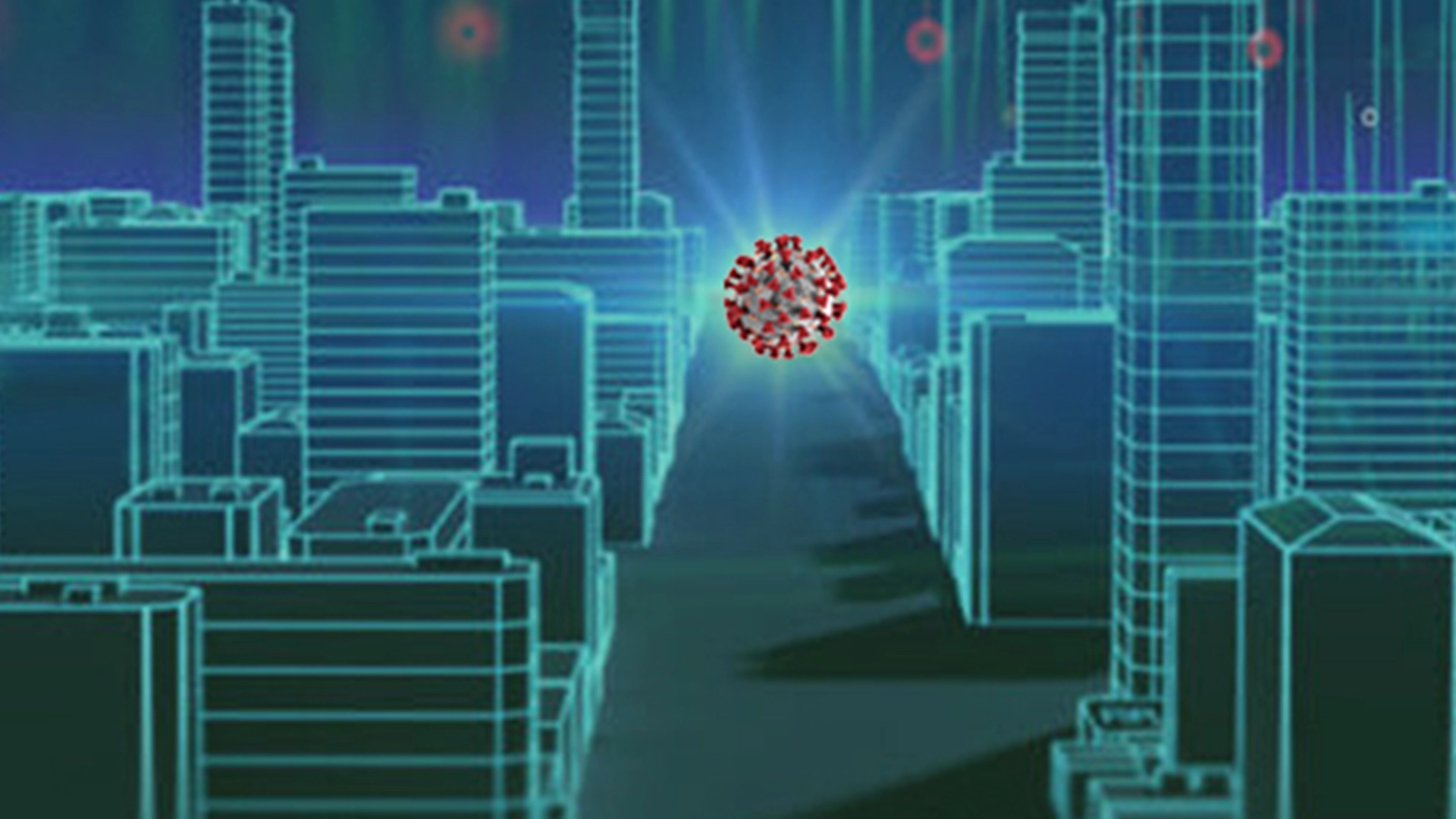
What is the Post-Pandemic Future of Events?
One of the hardest hit businesses across the globe during the COVID-19 pandemic has been live Events! The global events industry was worth approx. $1,100 billion in 2018 with an expected compound annual growth rate (CAGR) of 10.3% from 2019 to 2026 (source: Globe News Wire). Virtual events in 2019 were worth approx. $77.98 billion with a projected CAGR of 23.2% from 2020 to 2027 (source: Grandview Research).
All live events have been cancelled or postponed indefinitely, financially impacting not only the event management companies but all the related vendors and suppliers: Hotels, Audio-Visual equipment suppliers, Florists, Printers, Photographers / Videographers, Graphic Designers and the list goes on.
So what’s the future for the Events industry? Right now, due to safety concerns and government regulations, all in-person events are out of the question. As a result virtual events have been the sole option and as such have been whole-heartedly embraced as the only possible choice. After months of attending webinars and the like, screen fatigue has set in! Consequently how long can we sustain this format? Going forward how can we improve not only virtual events but all future live and hybrid events after we embrace our new normal? The human attention span starts to wane after around 30 minutes so let’s get on with it 🙂.
The use of technologies including Artificial Intelligence (AI), Virtual Reality (VR), Augmented Reality (AR), Mixed Reality (MR), Autonomous AI, Real-Time Special Effects, Set Design with Holograms and Project Mapping (Spatial AR) enabling Visual Stimulation and Experiential events is going to be the way forward. Those may all sound fairly complicated however we have most if not all of these as part of our mobiles, homes and cars so why not at our events? Some of these kinds of technologies have been around for years but can be prohibitively expensive therefore sufficient research is required before deciding on the appropriate form relevant to the event type. Let’s take a look at some of these techs.
If you plan on having an event where content needs to be broadcast in more than one language, using a real-time speech translator such as Wordly would make things simpler. It uses AI to simultaneously translate speech into numerous languages without the need for human translators. Caption or create subtitles in over 100 languages with SyncWords on pre-recorded or live content.
The most used App on mobiles is ‘text’ so whether it’s a virtual, hybrid or live event, an event App such as the Eventsador App would allow attendees to interact via Bulletins, Polls, Surveys and Chat keeping it interactive rather than one-sided.
If you are planning an Event, we can help with the perfect Event App. Let's Schedule a Demo
How about tracking biometrics to lessen check in time at large-scale events or monitor interest in particular parts of a program through facial expressions? Zenus Biometrics and IDR&D use AI to track various biometrics ethically without using personally identifiable information. In such cases explicit consent may not be required however it is important to check local regulations and at the very least keep attendees aware of video analytics by displaying an icon onsite identifying such tracking.
Interested in crafting complete virtual worlds for your event? Virtway can create complete 3D virtual worlds and Freeman can ‘construct’ virtual booths to provide a more immersive experience. AV Concepts uses Augmented Reality to create holographic projections on stage or in open spaces. Limelight, AO Creative and DOREMi Event create fluid art with Project Mapping to project images onto stages, buildings or other surfaces. Get creative with 2D mapping on a flat surface or 3D mapping of a building or other structure.
Final Thoughts:
As with anything in life, we need to constantly innovate and evolve or fear becoming irrelevant. Some of the technologies can be intimidating however the more research we do, the more comfortable we can get incorporating them into our events.
Each of the technologies mentioned above have their strengths and weaknesses. By focusing on their strength and relevance, one can decide which form is most appropriate for the event in question thereby improving engagement and retention for future events.
